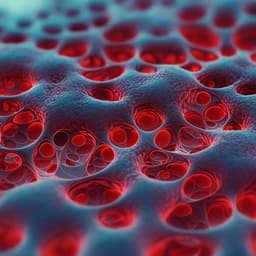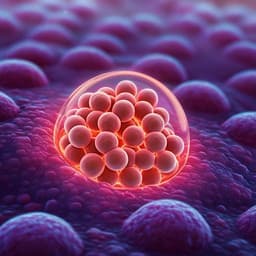
Engineering and Technology
An inorganic-blended p-type semiconductor with robust electrical and mechanical properties
Y. Meng, W. Wang, et al.
Discover the groundbreaking research by You Meng and colleagues on the innovative tellurium-selenium-oxygen (TeSeO) blending strategy, which activates hole transport in inorganic semiconductors. With tunable bandgaps and remarkable hole mobility, TeSeO films pave the way for high-performance photodetectors that exhibit flexibility, ultrafast responses, and exceptional responsivity.
Playback language: English
Related Publications
Explore these studies to deepen your understanding of the subject.







